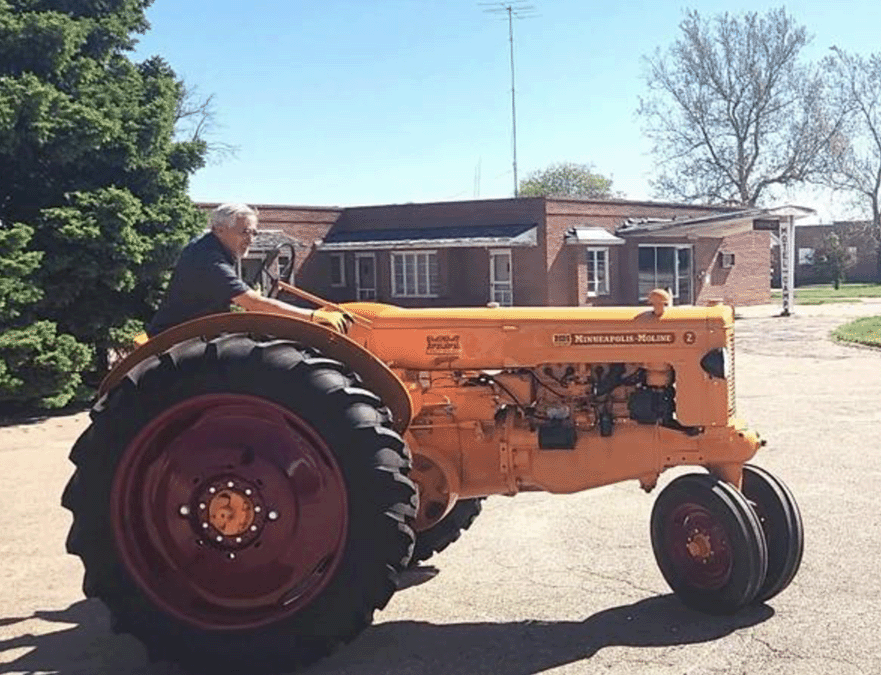Tractors have played a pivotal role in revolutionizing agricultural practices, replacing traditional manual labor and animal-powered methods with more efficient and cost-effective mechanization. The term “tractor” has its roots in Latin, originating from the word “trahere,” which translates to “to pull.” This term was first used in 1896 to describe an engine or vehicle designed for pulling wagons or plows, with an earlier variation known as “traction motor” dating back to 1859. Essentially, a tractor serves as a powerful vehicle employed for agricultural tasks and various pulling operations.
In the 19th century, notable figures contributed to the evolution of tractors. A. M. Archambault & Company of Philadelphia is recognized for manufacturing the first farm steam engine in 1849. German inventor Nicholas Otto developed reliable internal combustion engines based on the four-stroke principle in 1876, setting a standard for subsequent gasoline-operated tractors.
John Froelich is credited with inventing the gas-powered tractor in 1892, while Charles Hart and Charles Parr made advancements in gasoline tractor design using a two-cylinder gasoline engine.
Significant advancements were later made by larger companies in the tractor in- dustry, such as the International Harvester Co. (IHC) founded in 1902. The Farmall series, introduced by International Harvester in 1924, featured the F-20 model with a four-cylinder 16/24-hp engine. Production of the Farmall F-20 continued until 1939, with enhancements in power and features like a 4-speed transmission. The Harold Warp Pioneer Village boasts a renowned collection of tractors, including models from John Deere, Farmall, Allis Chalmers, and International Harvester.
One noteworthy recent addition to the collection includes a 1951 Minneapolis-Moline ZA tractor, characterized by a 3.4L 4-cylinder gasoline engine and a 5-speed unsynchronized gear transmission.
Rare tractors like the Bates Steel Mule, a semi-crawler designed by Albert Bates with distinctive features like a 15-inch rear crawler track, exemplify the diversity in tractor design.
Harold Warp Pioneer Village will be hosting the restoration of an F-20 tractor May 31st through June 2nd. Volunteers will have the opportunity to join Howard Raymond, Nebraska Antique Tractor Enthusiast in this historic restoration project that will preserve history for future generations while promoting the agricultural impact in the region.
The fully restored F-20 will be available for tractor rides at Pioneer Village during the annual Kearney County Pioneer Village Days Celebration June 8th & 9th. The event is free for all Kearney County residents that weekend. Additional festivities include live music, food, games, local artisan and living history demonstrations along with recognition for upcoming exhibitory including the Valentine Diner, late 19th century Armitage Herschell Carousel, and the Computing through Time exhibit.
* “Just a minute or two” is how long a farmer figures it will take him to finish lubing the tractor after his wife calls him in for supper. The actual amount of time elapsed may vary from 15 to 45 minutes, at which point the gravy will be congealed.


Recent Comments